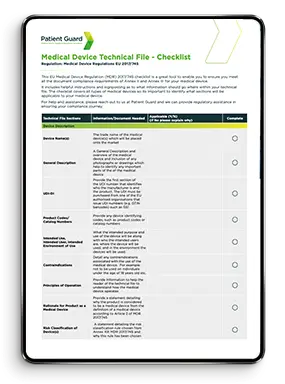ISO 13485 Quality Management System
Implementing quality management system (QMS) iso 13485 couldn’t be easier with our step by step guide. A quality management system is necessary in medical compliance.
A QMS is simply a set of tools, processes or procedures put in place to offer high quality. The most recent version of the iso 13485 QMS dates back to 2016. There are many ways to utlise this quality system, but essentially you should keep analysing the results from your procedures.
Here are the steps you must follow to achieve iso 13485 –
- Gain support from senior management.
- Identify exactly what you need to do to meet the requirements of the QMS – including any legal requirements.
- Understand the scope – research into what you need to do to achieve the benefits.
- Define processes – procedures must be fully explained to everyone involved in the QMS.
- Choose the right certification body (we can help you do this).
- Management review – this will assess the effectiveness of the QMS.
- Action – once the review has taken place, corrective action must be taken to alter the processes to limit problems.
- Certificate.
- Through customer feedback.
- Internal and external audits.
- Previous corrective actions.
- Previous preventive actions.



